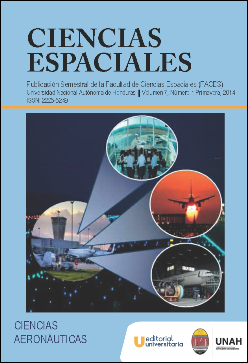Analysis of the temporal behavior of biomass in pastures Department of Olancho in the context of global change - Phase II
DOI:
https://doi.org/10.5377/ce.v7i1.2528Keywords:
Landsat, pastures, spectral indices, biomass, carbon stocksAbstract
According to the Intergovernmental Panel on Climate Change Good Practice Guidance (IPCC GPG), remote sensing techniques are suitable for the estimation of carbon sinks, through the estimation of above ground biomass. In this work we used a Landsat time series to estimate the grass biomass in pasture areas in the Department of Olancho for the years 2010 and 2012. From the results of the estimation of biomass, we analyzed the evolution of carbon stocks. Field sampling of biomass were performed, as well as radiometry, in a plot located within the study site for the model calibration. We applied a linear regression model using field data and spectral indices for estimating the variable. EVI was the best index for biomass estimation (R2=0.87). A carbon fraction of 50% of the biomass was applied for the carbon stock estimation.
Revista Ciencias Espaciales, Vol.7(1) 2014, 97-114
Downloads
1343




